Is Your Home Full of Hidden Chemicals That Could Be Disrupting Your Health?

Amanda Jo, aka The Organic Bunny, has told the truth her entire life. So much so that she remembers getting kicked out of Girl Scouts for telling another girl that her mom was a smoker. Today, as an expert in the world of organic and non-toxic living, curiosity and uncovering the truth are her biggest motivators. Her brand, Organic Bunny, provides organic, natural, and non-toxic alternatives for hair, makeup, skincare, wellness, home, and pet products. In short, her mission is straightforward: provide facts so consumers can make informed decisions and cut toxins from their lives.
Toxins and Forever Chemicals Hide in the Open in Your Home
On The Skinny Confidential, Jo joined hosts Lauryn and Michael Bosstick to expose some sh*t about the everyday products in your fridge, cupboard, and bathroom cabinets and drawers. Beware—you might be tempted to do a complete detox. Jo shares her journey into this world wasn’t merely professional but sparked by witnessing serious health diagnoses among loved ones.
“It’s really just curiosity. I’m not afraid of the ingredients,” Jo explains. “I just want to know what it is, and I want to know the truth. Tell me the good and the bad, and then, I will make my decision.”
Now established as an authority in clean beauty, Jo examines how forever chemicals and toxins might affect fertility, chronic illness, and long-term health. She shares with the Bossticks what she’s uncovered about forever chemicals lurking in your home and everyday products.
The dangers of botox
One of the most surprising things that Jo has discovered is the true cost of botox: “It’s the most toxic substance on earth. Over the years, we have been conditioned to think it’s okay. The main ingredient of botox, botulinum, was being studied to use for war. In aerosol form, people inhale it, and they die.”
Jo notes that on the CDC’s website, botulinum is listed “as a Category A, bioterrorism risk.” Jo, who has lyme disease, says although she is getting older, botox is a hard no for her. She’s accepted that botox is not an option for someone who is immune compromised.
The truth about cologne and fragrances
Unfortunately, your signature scent might be problematic, too. Jo identifies colognes and perfumes as potential hormone disruptors. “The number one most toxic ingredient for your pets is fragrance. Your dog’s nose is 100,000 times more sensitive. Their poor little noses are so sensitive. Meanwhile, humans are just living in a cloud of fragrance,” she explains.
Home fragrance products like plug-in air fresheners contain artificial scents that can enter the body when inhaled and potentially disrupt hormonal balance. If you’re interested in making a change, Jo recommends natural fragrance alternatives from brands like Heretic Parfum, Ginger June, and Living Libations.
Even clothing carries forever chemicals and toxins. Have you ever wondered why new clothes smell at the store? Jo says that retailers spray clothes with insecticides and herbicides to cover the smell and preserve them during shipping. The substances remain on fabric that directly contacts your skin.
Marketing versus reality
Companies go to great lengths to market products as healthy—even when they are not. Terms like, “clean,” “green,” “100 percent,” create a perception of safety without substantive meaning.
For those beginning to explore cleaner alternatives, Jo suggests avoiding several key toxins: parabens, phenoxyethanol (an artificial preservative), polyethylene (a plastic), BHT (a lab-made preservative), and synthetic dyes (look for mineral pigments instead).
The effects of toxins on fertility
Jo connects rising infertility rates to forever chemicals and environmental toxins. PFAS, which are man-made chemicals often found in cookware designed to resist heat, stains, and water, are particularly concerning. These substances, along with endocrine-disrupting chemicals in cosmetics, cleaning products, and food packaging, may interfere with the body’s hormone system.
“Our bodies are good at acclimating and getting used to chemicals,” Michael notes. “For the longest time, in this country, what people have done is they get sick and have infertility issues or hormone issues. Then, they try to correct it. But it’s been rare that people ask questions about what they are eating, drinking, wearing and what products they are using. Finally, people are understanding that there is a cause and effect.”
Joe agrees: “I don’t think people will believe until they are affected. It’s fine until you are not fine. But I want to know and do better.”




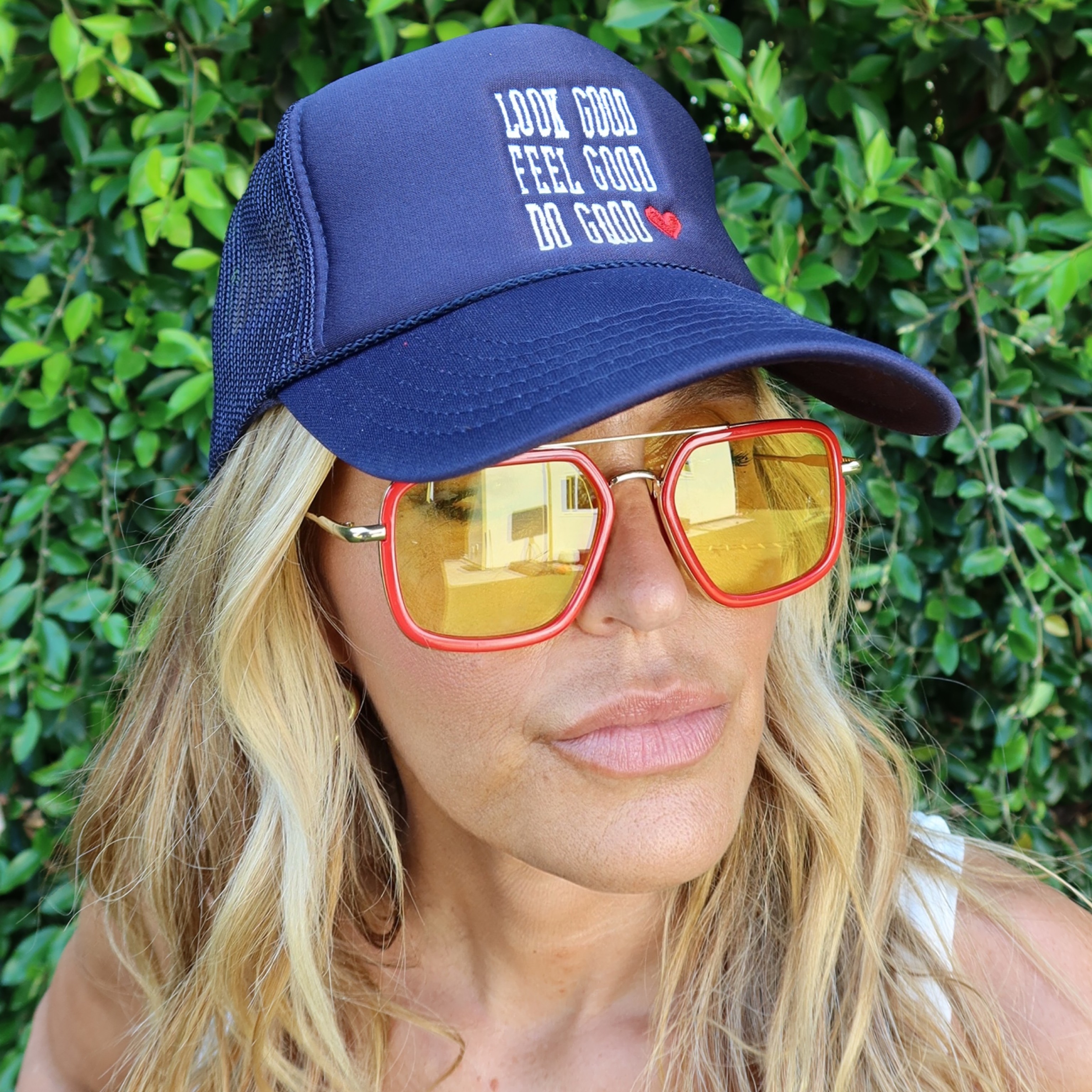
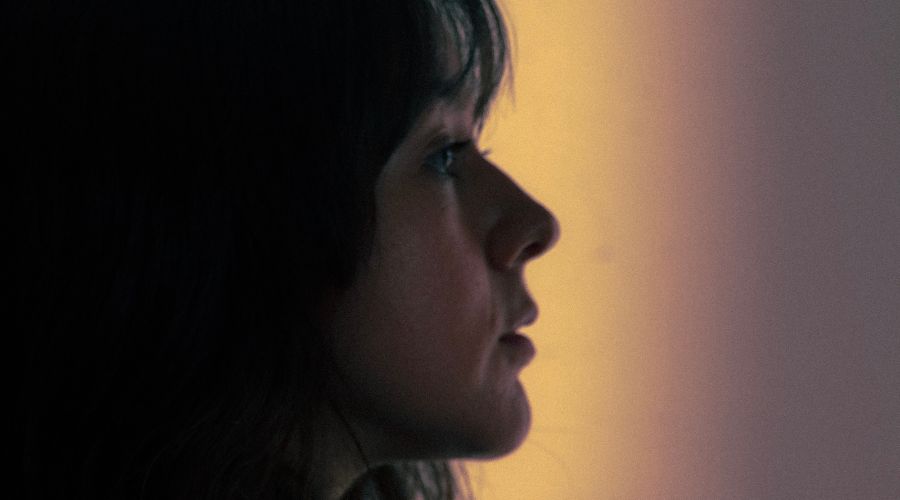
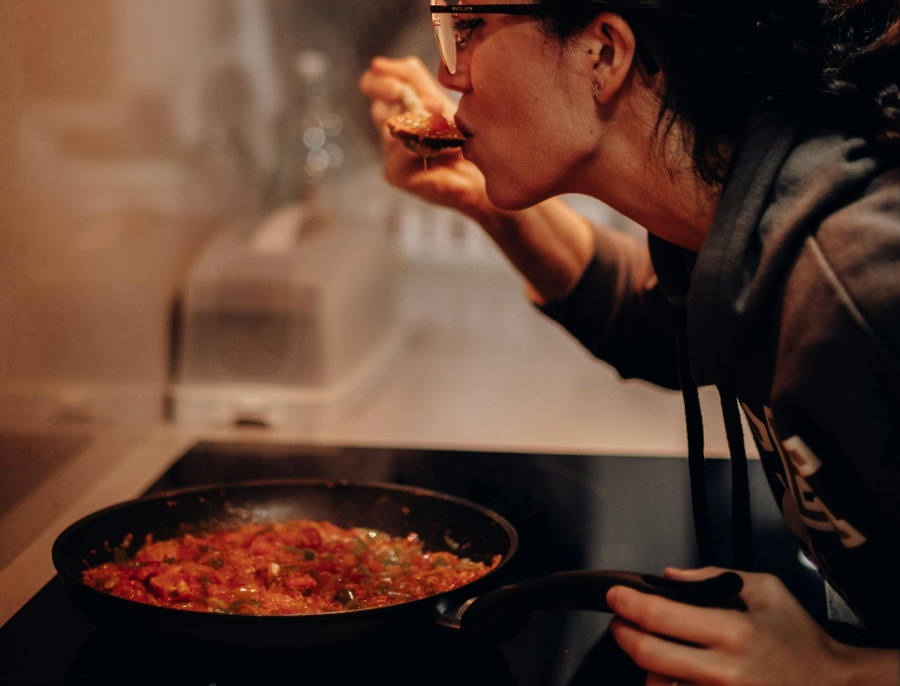
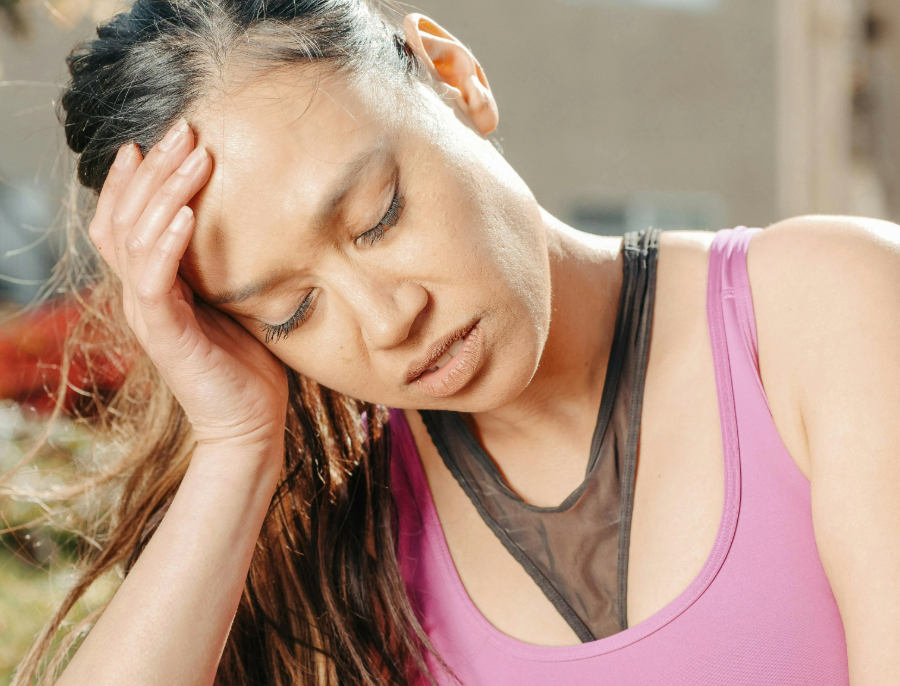
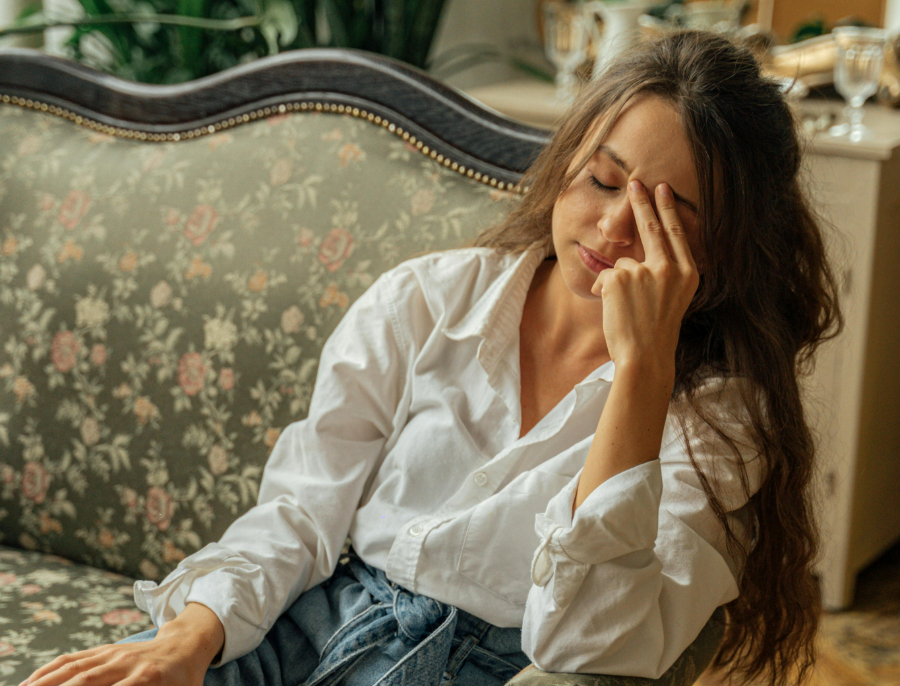
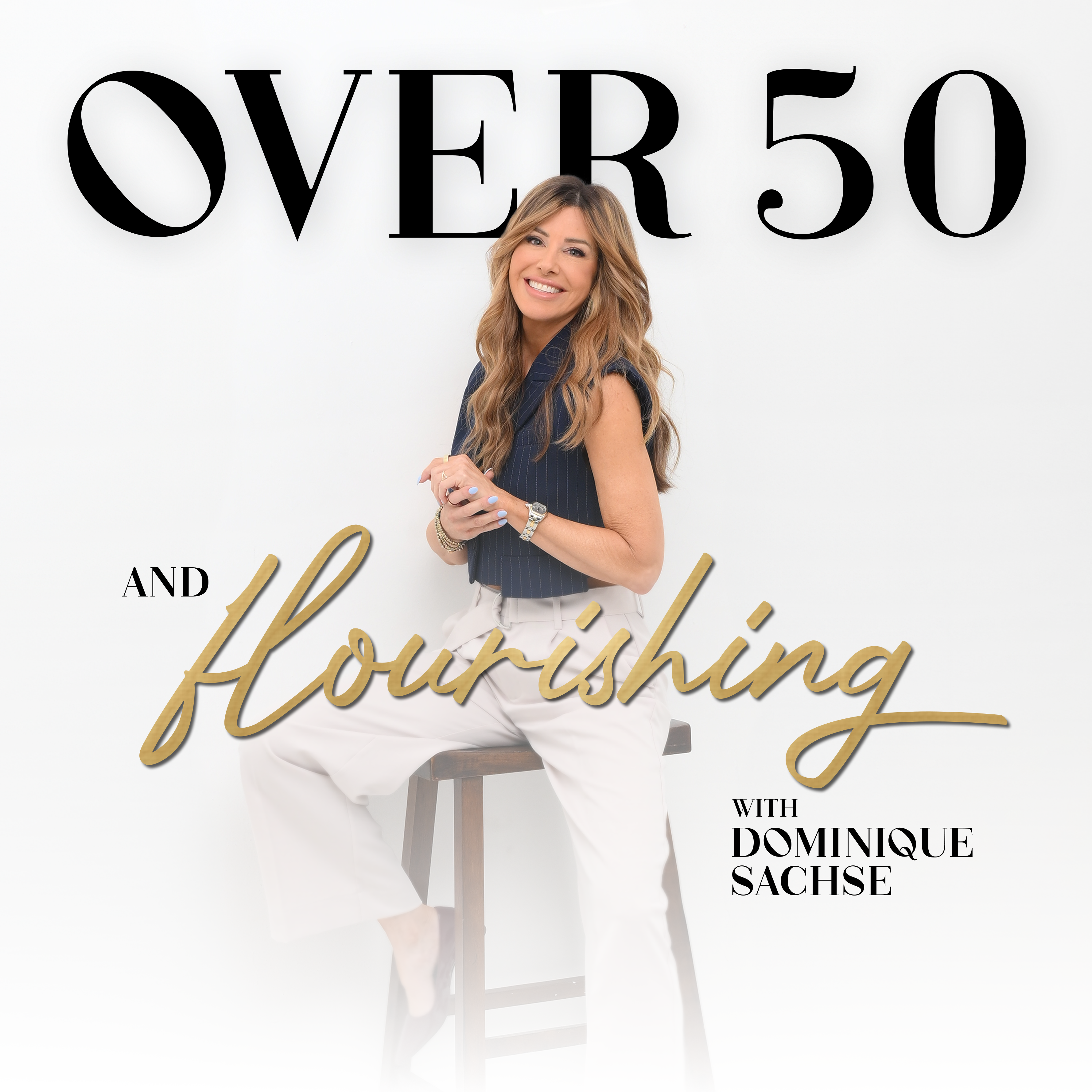

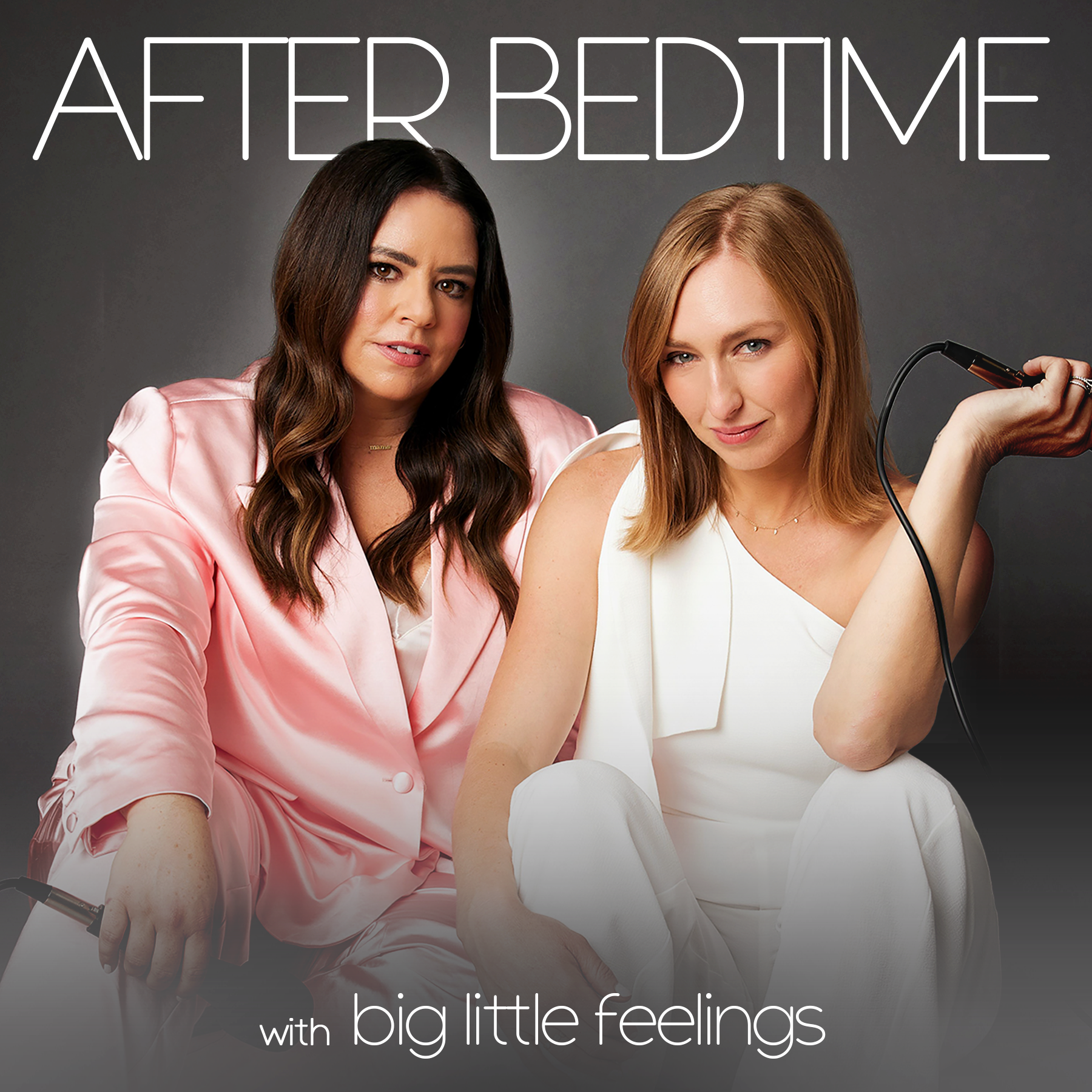

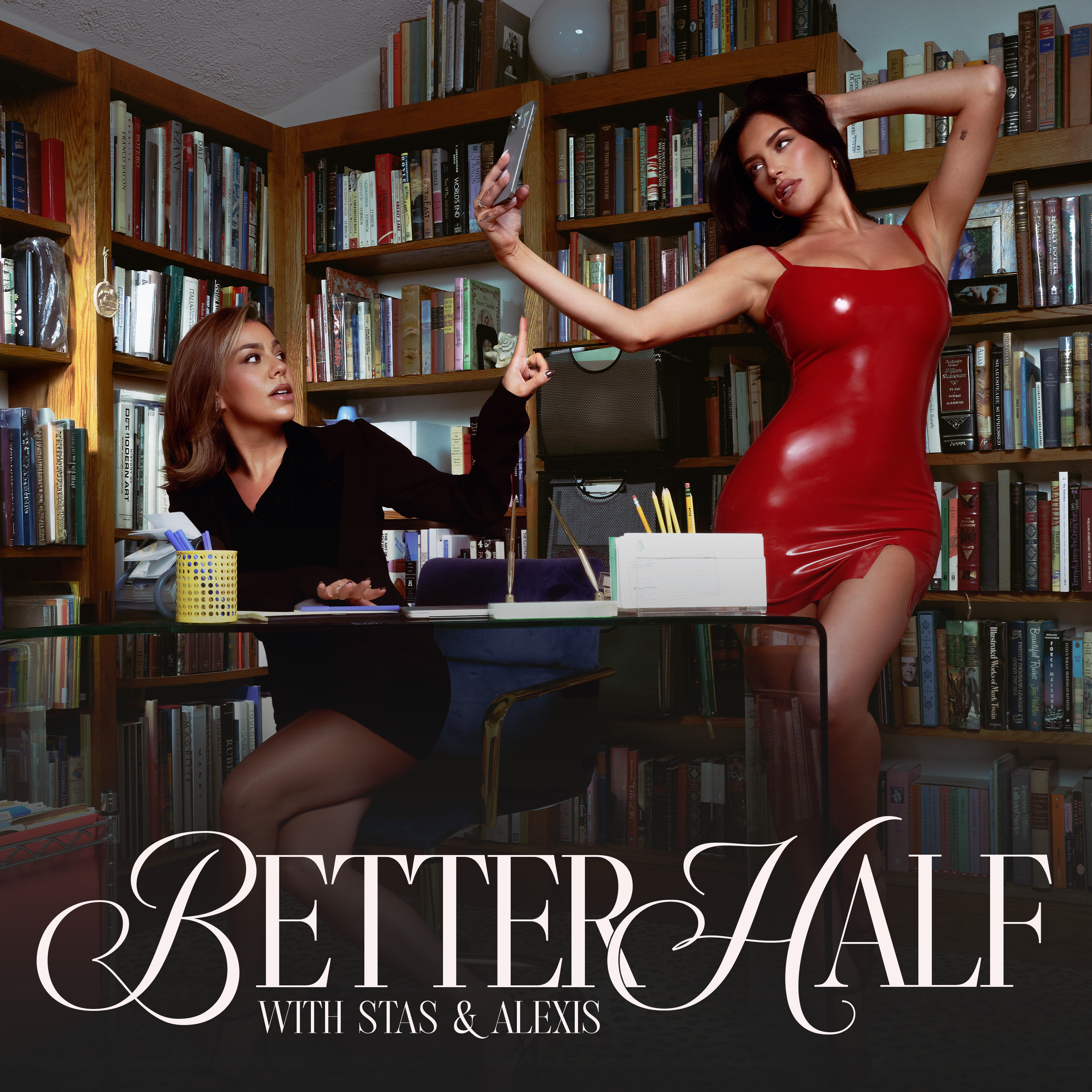
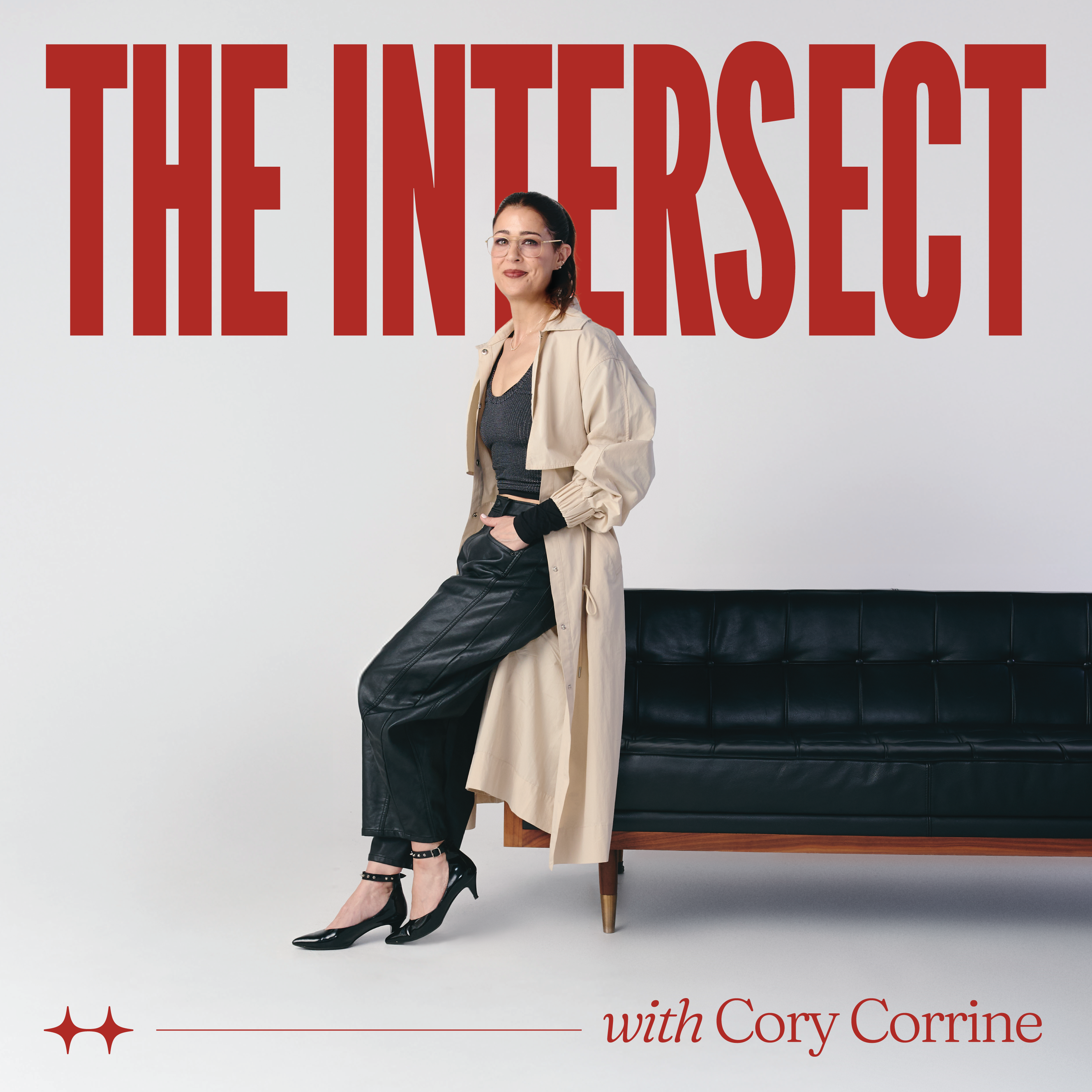
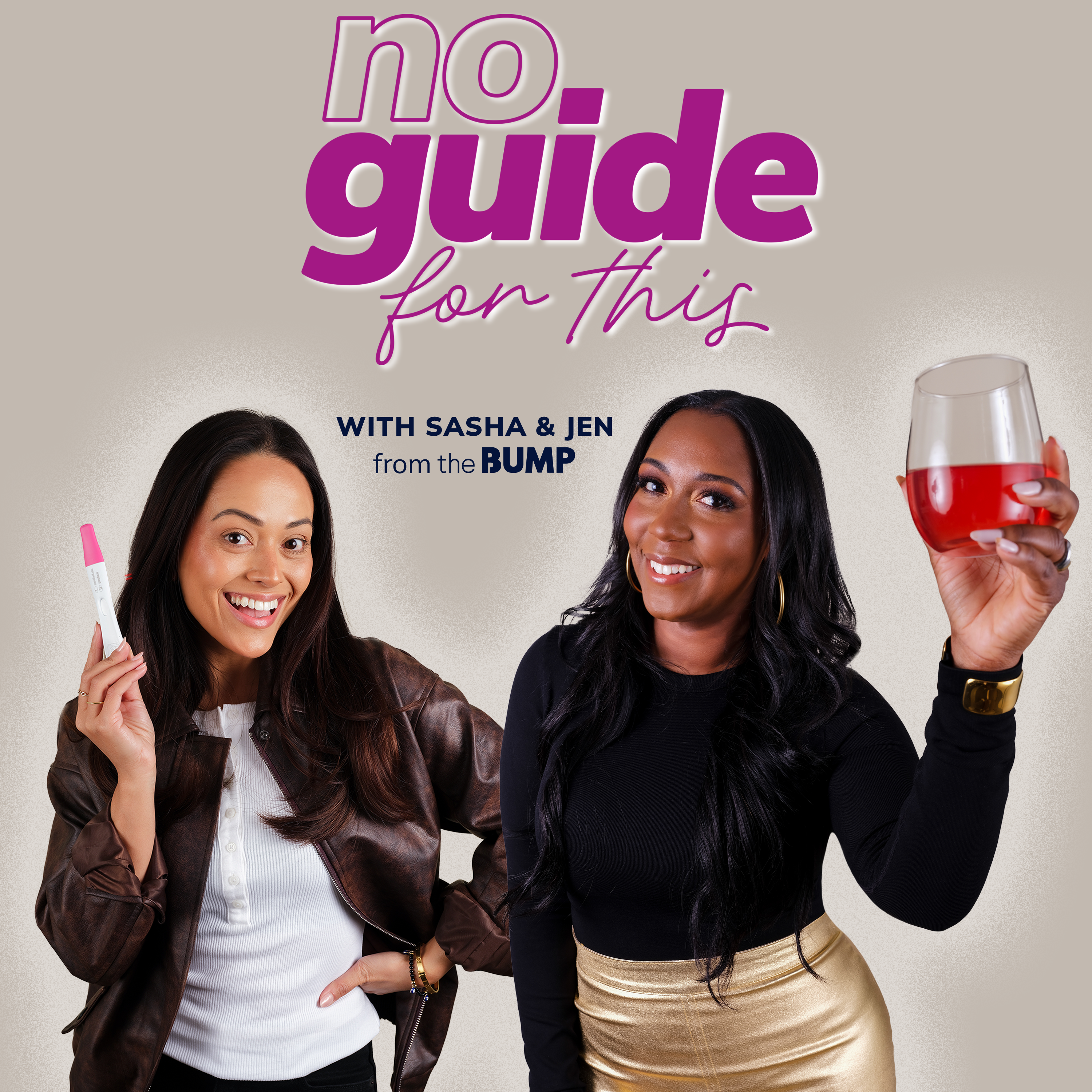

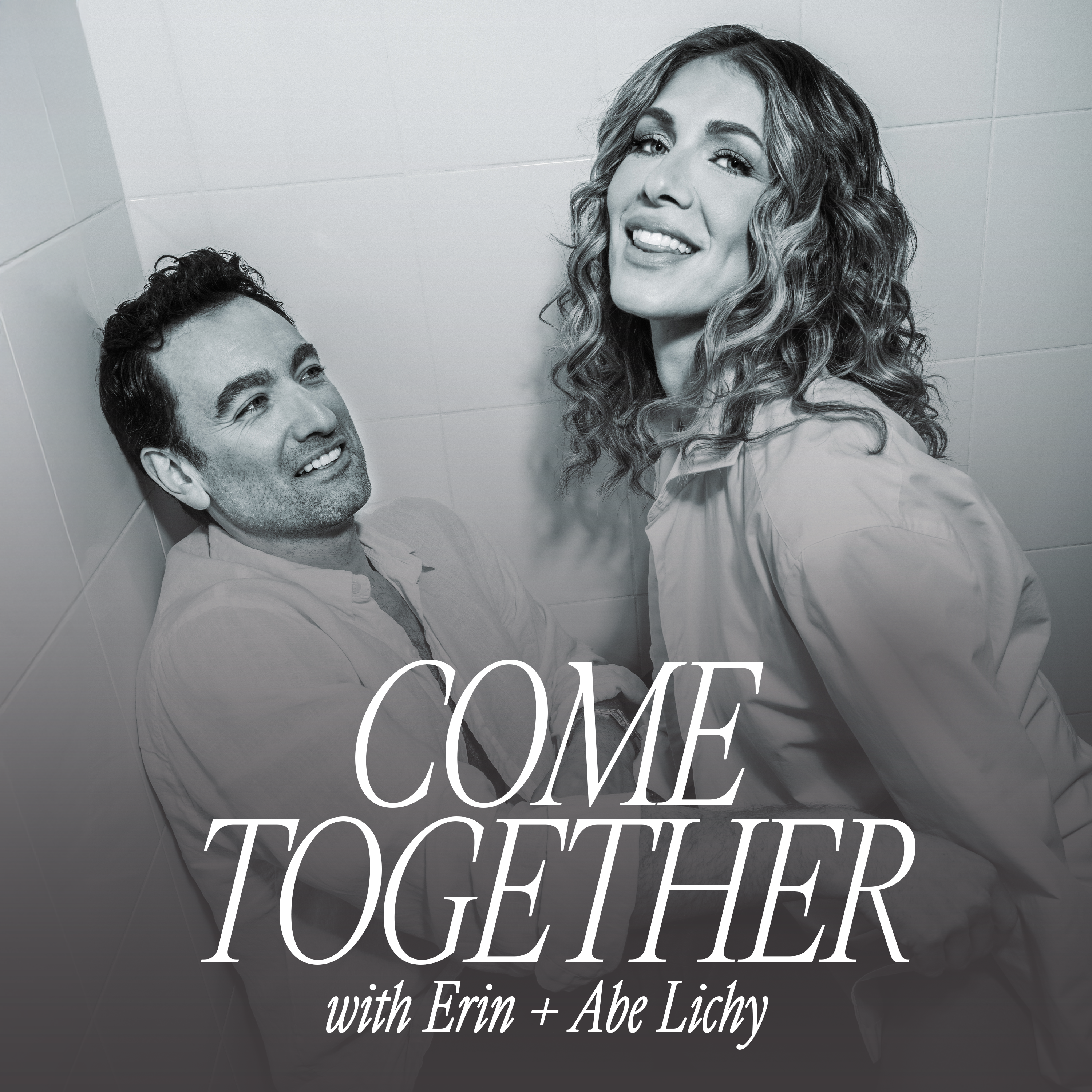


Leave a Reply